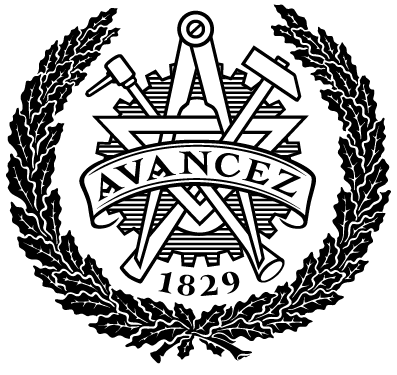Deriving Filter Matrix Methods for Lattice Boltzmann Simulations. Efficient Simulations of the Convection Diffusion Equation and Navier Stokes Equations
| dc.contributor.author | Sundström, Viktor | |
| dc.contributor.department | Chalmers tekniska högskola / Institutionen för mekanik och maritima vetenskaper | sv |
| dc.contributor.department | Chalmers University of Technology / Department of Mechanics and Maritime Sciences | en |
| dc.contributor.examiner | Davidson, Lars | |
| dc.contributor.supervisor | Rohde, Martin | |
| dc.date.accessioned | 2025-06-23T11:35:39Z | |
| dc.date.issued | 2025 | |
| dc.date.submitted | ||
| dc.description.abstract | The Lattice Boltzmann Method (LBM) is an increasingly popular method for simulating fluid flows, which through its mesoscopic and explicit formulation allows for effective parallelization. The choice of a so called collisional operator largely determines the stability and accuracy of LBM simulations. Linear operators such as the Bhatnagar-Gross-Krook operator (BGK) and the Multiple-Relaxation-Times (MRT) both have the fundamental problem of defining a relaxation time, which is a tradeoff between numerical stability and range of flow types that can be simulated. The Filter Matrix method, originally proposed by Somers in 1993 and extended by Zhuo et al. in 2012, is a non-linear collisional operator which removes the need tune relaxation times. However, its derivation and assumptions are not well documented. In this thesis, the Filter Matrix formulation is derived through classical Chapman–Enskog analysis with the BGK operator, although using some arguments which is hard to justify for general flow cases. Observations from this analysis leads to a much more general formulation with Filter Matrix method seen as a collisional operator defined in a moment space. The discretized Boltzmann equation is mapped to the moment space using a linear projection similar to what is used for MRT schemes. This allows for a Chapman-Enskog-like analysis in moment space leading to a Filter Matrix formulation that is very similar, although not identical to previous literature. The new formulation is derived without neglecting any higher order hydrodynamic modes appearing throughout the derivation, which was done extensively in previous derivations. Turning the Filter Matrix formulation of this thesis into a computational procedure requires some closure laws, similarly to what was used in previous derivations. How to formulate such closure laws is illustrated by analyzing how the k − ε equations can be solved within the FMLB framework. The study is purely mathematical, and as such numerical validation would be a starting point for further work. | |
| dc.identifier.coursecode | MMSX30 | |
| dc.identifier.uri | http://hdl.handle.net/20.500.12380/309604 | |
| dc.language.iso | eng | |
| dc.setspec.uppsok | Technology | |
| dc.subject | Lattice Boltzmann Method | |
| dc.subject | Filter Matrix Method | |
| dc.subject | Chapman–Enskog expansion | |
| dc.subject | Multiple Relaxation Time operator | |
| dc.title | Deriving Filter Matrix Methods for Lattice Boltzmann Simulations. Efficient Simulations of the Convection Diffusion Equation and Navier Stokes Equations | |
| dc.type.degree | Examensarbete för masterexamen | sv |
| dc.type.degree | Master's Thesis | en |
| dc.type.uppsok | H | |
| local.programme | Applied mechanics (MPAME), MSc |
